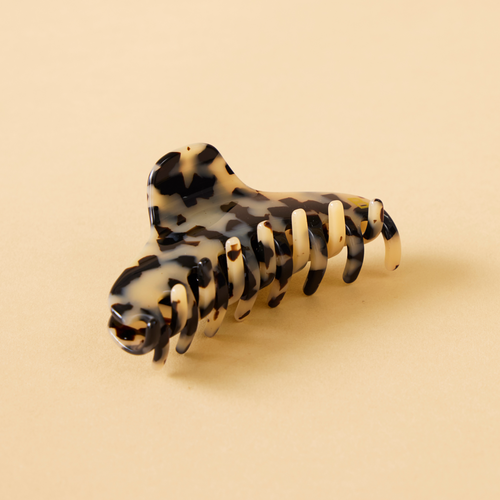Simone de Beauvoir's statement, ‘One is not born but becomes a woman’, emphasises the gradual construction of gender identity. In a digital-first era, we are constantly bombarded with the notion of ‘living your best life’ or ‘being your best self’, as social media celebrities, billionaires and sports stars make us feel increasingly inadequate. However, similar to gender, the idea of being THE BEST is a social construct. Your best identity is not fixed but performed and developed over time. It does not have a sell-by date.
We recently asked you what you’re Best at, and I was thrilled to read your self-compliments:

Some people might not consider it a significant achievement to be great at small, everyday things. There’s a widespread notion that you need to win Wimbledon or become the CEO of a successful tech startup to be considered talented. But I am constantly amazed by those who make friends easily, deliver wonderfully moving speeches at weddings, run when it’s still dark, or can sleep until 11 on a Saturday morning. Most people over the age of 35 view them as mad skills.
Getting to be your personal best is much like the construction of gender identity, it’s developed over time with small gains along the way. It’s all about the gains, as gym bros would say.
The other day, someone complimented me at the gym. My immediate response was the rehearsed line “Ah, no, I mean, it’s probably just because I’m wearing black…” Why did I deflect? Because I hadn’t reached my goal yet. There had been improvement, but I was still not at my best.
We often fixate on the negative aspects, even when experiences are insignificant or inconsequential. Instead of being proud of the 51 Asana tasks we have completed this week, or how talented we are at making others feel heard in meetings, we tend to dwell on the one critique we received from our boss. It’s a defence mechanism that our brain uses to keep us safe. By staying negative and not fully embracing praise, you shield yourself from potential hurt if something goes wrong, like if I regained weight and would feel like a fraud every time I walked past your complimenter at the gym.
Not feeling good or happy enough with our current achievements has become a modern-day plague. Oh wait, that was COVID. Whatever comparison you want to make, it is true that many of us feel inadequate at times, even if we are widely regarded as high-performing individuals. Imposter syndrome at work, along with those feelings of doubt, tends to spill over into real life as work and life become almost indistinguishable, especially in remote work environments. We focus only on our failures and overlook what we’re best at.
Could the cure lie in the mental health support your start-up provides as part of its wellness benefits? Many colleagues have reported great results. Could therapy provide relief? Absolutely. But I think it’s important to remember (and I’m making myself repeat this mantra daily) that being your best self is not a fixed state of being. It comes at different times for different people and is something you have to work at constantly. Trusting the process has never been more essential.
At my gym, we have a ‘Motivation Wall’ where members can share messages of inspiration along the lines of “You’ve got this, queen!” or “Suck it up, buttercup”. One message stands out among the sea of positivity: “No one’s coming”. Harsh but very valid in most situations. We alone define our best and walk towards it, however cautiously. The important thing is to keep walking — reframe your thinking and push yourself to ask for help, celebrate yourself and others, and try to focus on your many, many talents. The beauty of life is in the details.



